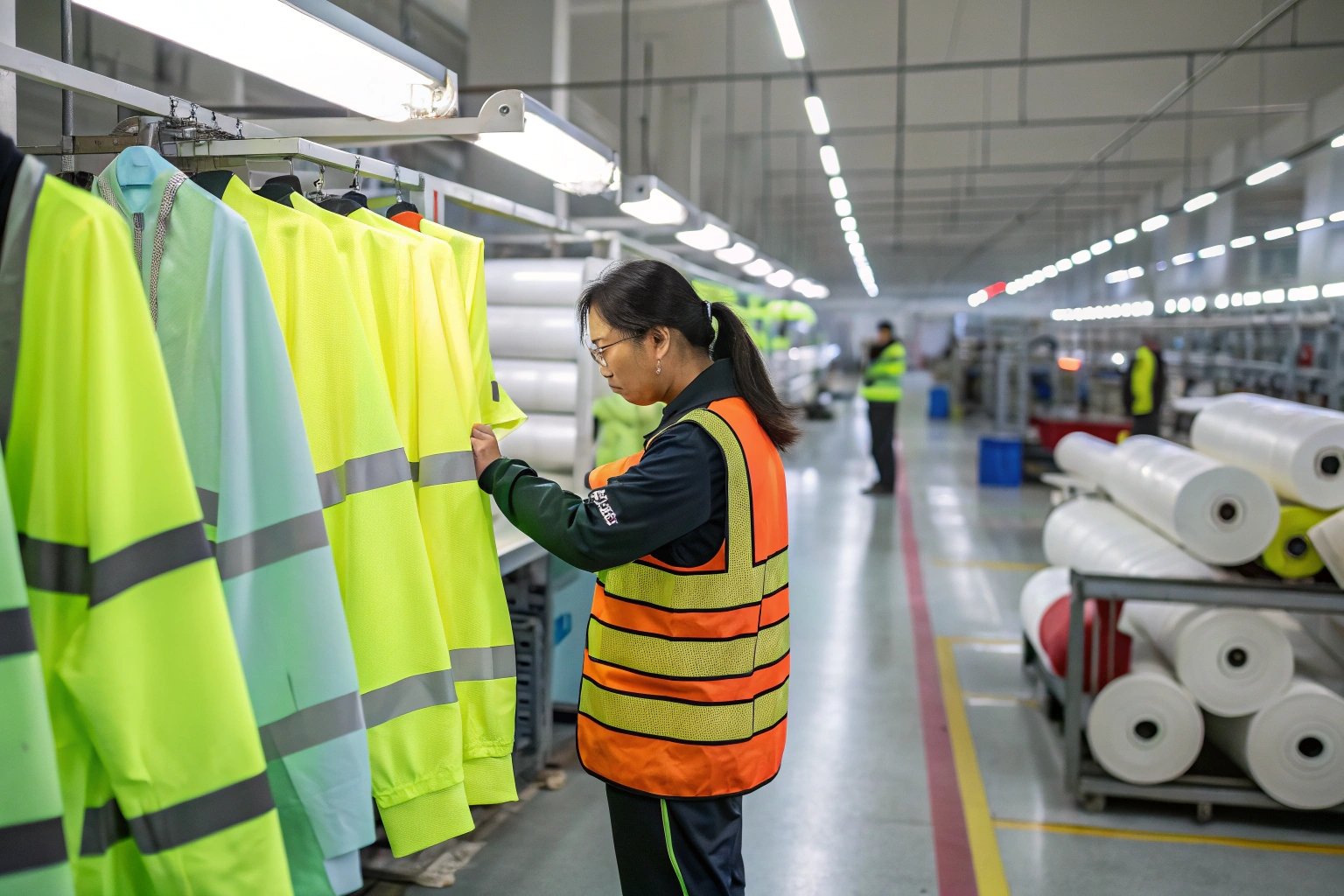When sourcing fabrics for safety wear, the stakes are high. Your customers depend on visibility to stay safe—especially in low-light or high-risk conditions. Reflective trims play a critical role in this, but finding quality, compliant, and affordable options from reliable manufacturers isn’t always easy.
The best places to find light-reflective trim fabrics for safety workwear are specialized textile hubs in China like Keqiao and Guangzhou, verified online platforms such as Alibaba, and certified factories offering ANSI/EN ISO-compliant reflective materials.
Whether you're producing safety vests for the US construction market or hi-vis jackets for European roadside crews, this article will show you exactly where to source high-grade reflective fabrics that meet both performance and price expectations.
What Are the Best Markets in China for Reflective Fabric?
China is the world leader in technical textiles—and that includes reflective trims. But not all sourcing regions are equal.
Keqiao in Zhejiang and Zhongda in Guangzhou are the top fabric markets where you can find large selections of reflective trims and tapes used in safety gear production.
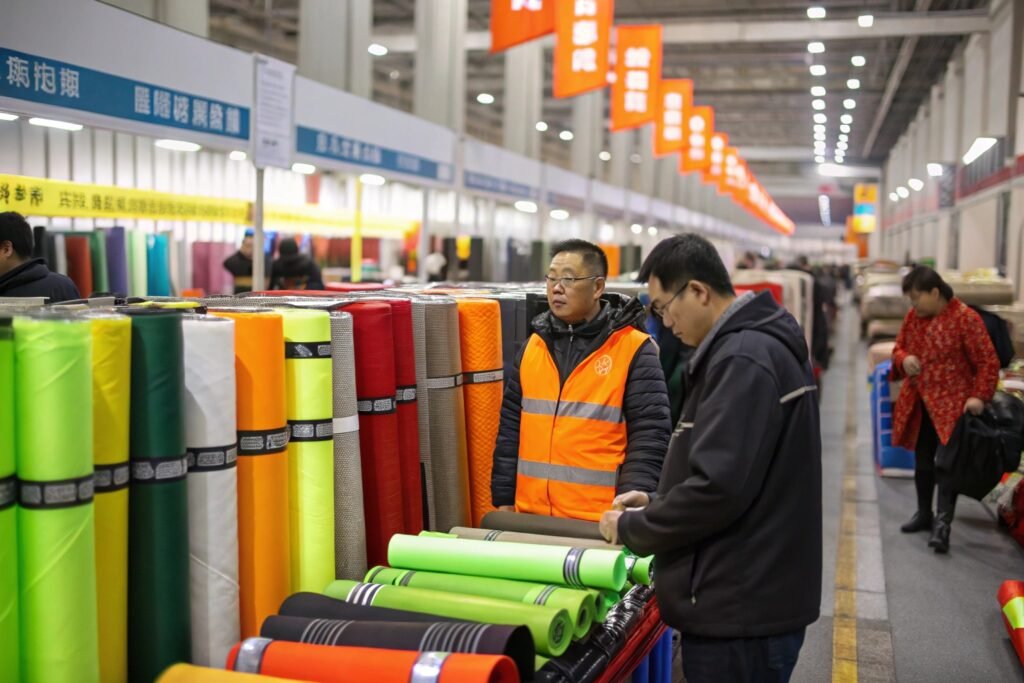
Why Is Keqiao the Leading Reflective Fabric Source?
Keqiao is home to over 8,000 textile companies, many of which now offer reflective materials with EN ISO 20471 or ANSI 107 certifications. Here, you’ll find everything from microbead retroreflective tapes to segmented heat-transfer trims for lightweight workwear.
Many factories in this region—like those listed on Made-in-China—also provide custom width, color, and printing to suit diverse workwear brands.
You can also access live warehouses or virtual showrooms if you work with platforms like Textech Galaxy.
Is Guangzhou Still Competitive for Reflective Materials?
Yes. The Zhongda Fabric Market in Guangzhou continues to offer competitively priced reflective trims. You’ll often find polyester-backed reflective ribbons, PVC trims, and PU-based reflectives used in budget hi-vis apparel.
Guangzhou's edge lies in its fast logistics and small MOQ factories, which are perfect for brands testing new SKUs. You can explore more at Global Sources for vetted vendors.
Which Online Platforms Offer Verified Reflective Fabric Suppliers?
Online B2B marketplaces have made sourcing reflective trims easier than ever—but only if you know how to filter the right vendors.
Alibaba, Global Sources, and HKTDC are the top platforms where buyers can find reflective fabric suppliers. Use certification filters to locate those offering EN, ANSI, or OEKO-TEX-approved materials.
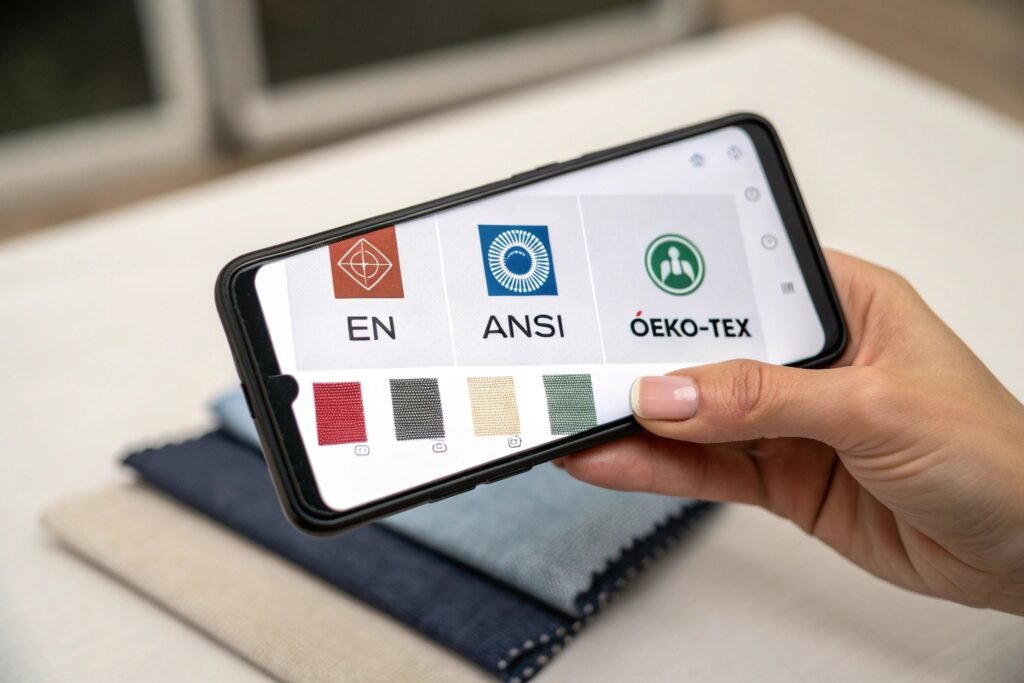
How Do I Filter for Compliant Reflective Fabrics?
On Alibaba, start by searching “reflective fabric for safety clothing.” Then refine your results by checking:
- Verified Supplier
- ISO 9001 / OEKO-TEX / EN 20471 certification
- Trade Assurance availability
- MOQ flexibility
Some reliable brands even upload real-time lab test reports or video demonstrations.
Also check SGS’s public database to verify any test reports offered.
Can I Use Sourcing Agents or Online Directories?
Yes. If you’re unfamiliar with Chinese logistics or documentation, using an agent—such as one listed on SourcingGuides—can help negotiate fabric specs, inspection, and shipping.
Directories like HKTDC Sourcing also list pre-audited suppliers offering reflective trims, with samples and trade fair access.
What Certifications Should Reflective Fabrics Meet?
Compliance isn’t optional when it comes to safety workwear. Each market has its own regulations.
Reflective trims must meet standards like EN ISO 20471 (EU), ANSI/ISEA 107 (USA), and CSA Z96 (Canada) to be legally used on certified workwear garments.
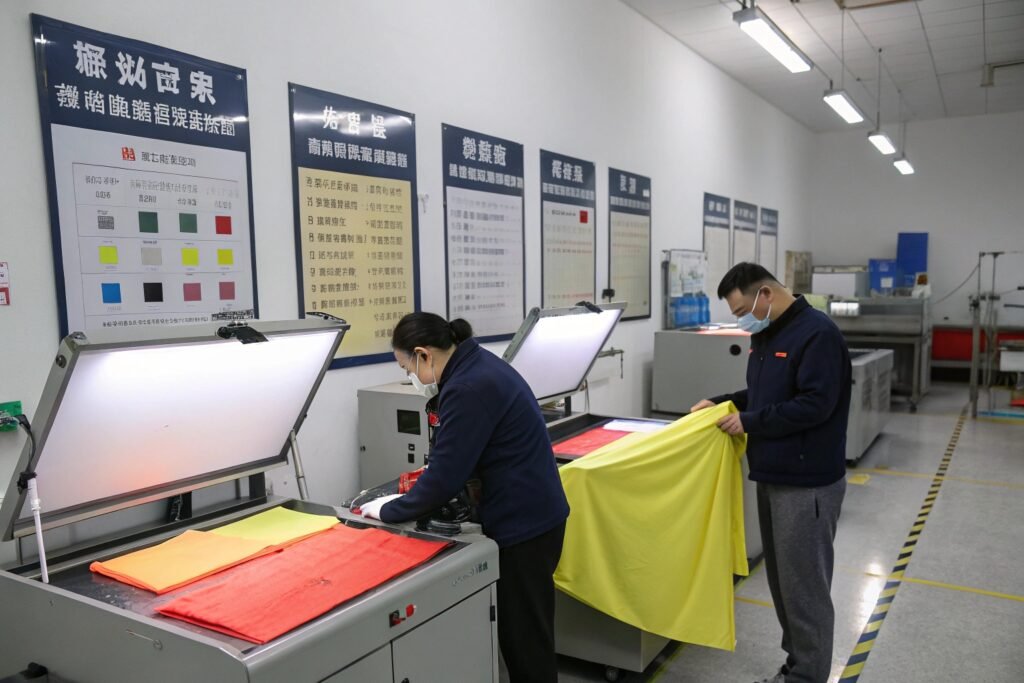
What Is EN ISO 20471 and Why Does It Matter?
EN ISO 20471 is the EU benchmark for high-visibility clothing. Reflective fabrics must undergo photometric testing to meet minimum retroreflection values (cd/lux/m²).
Certified suppliers will display the EN label and may list them on directories like Testex.
Buying from compliant sources not only protects workers but also prevents product recalls or customs blocks in Europe.
What Are the Key US Standards for Reflective Trims?
For the US, ANSI/ISEA 107 is the mandatory safety wear standard. It classifies garments by class (I, II, III) and design (vests, jackets, coveralls).
Reflective trims must meet daytime color requirements and nighttime visibility values. Check for compliance through Intertek’s verification.
Also, ensure the fabric maintains reflectivity after washing—many buyers overlook this vital factor.
How to Ensure Long-Term Quality in Reflective Trim Orders?
Sourcing is just the start. Long-term product safety and brand reputation depend on quality consistency.
To maintain quality, work with factories offering CNAS-certified testing, QR-coded traceability, and pre-shipment quality control—including reflective intensity retention tests.
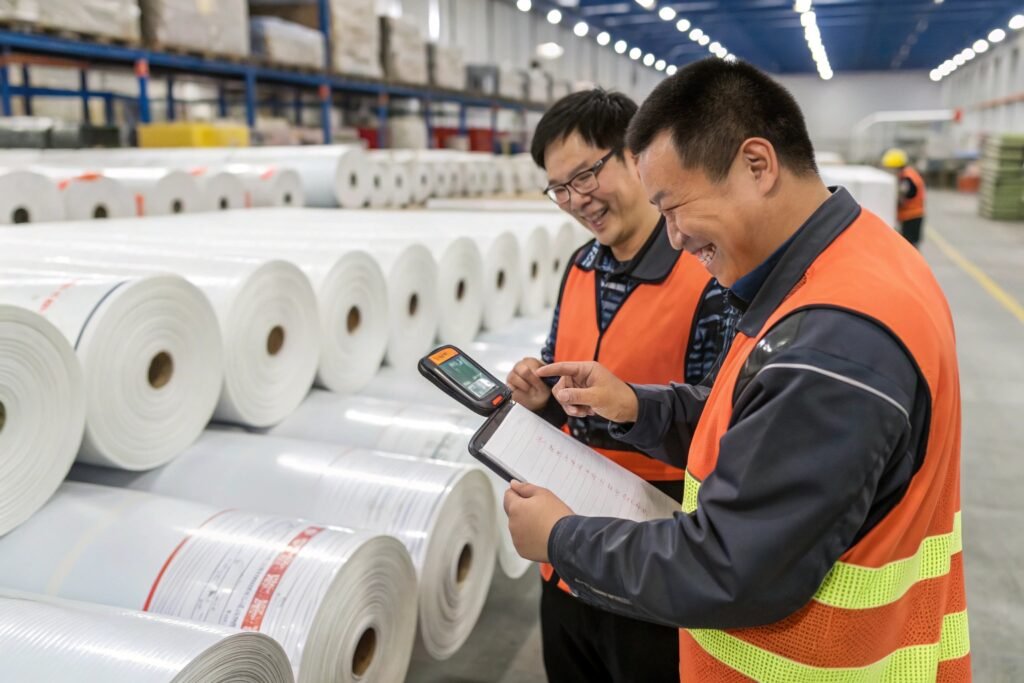
Can I Request Reflectivity Test Reports?
Yes—and you should. Ask your supplier to provide test data for:
- Initial reflective value (cd/lux/m²)
- After 25-50 washes
- Weather or UV resistance
- Shrinkage and colorfastness
You can request test protocols based on ISO 6330 and EN 471 via labs like Bureau Veritas or TÜV Rheinland.
How Can QR Tracking Improve Order Quality?
Some Chinese suppliers now offer QR code tracking labels that show fabric specs, lot numbers, and lab test history. This reduces dispute chances and improves compliance audits.
Fumao Fabric, for example, uses QR-coded samples that link to test records and shrinkage history. That’s especially useful for buyers managing multiple SKUs or production batches.
Conclusion
Sourcing high-quality, compliant reflective trim fabrics for safety workwear starts with knowing the right markets, platforms, and certification standards. From Keqiao’s specialty clusters to Alibaba’s verified vendors, the options are vast—but precision is key.
By focusing on lab-tested performance, regulatory compliance, and traceable production, you can build long-term supplier relationships while keeping your workforce—and your brand—visible and protected.

